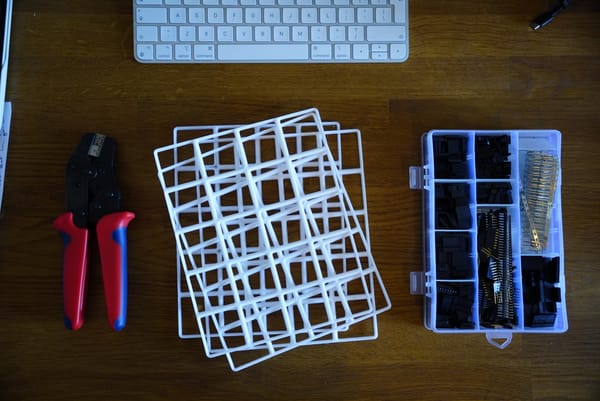Apple’s Vision Pro – The Illusion of Closeness, more vivid than ever?
Why you should still play and enjoy reality, instead of detaching yourself from it — even when the technology is this compelling.

Spatial photos and videos bring you closer than ever to the moments and people you care about. — Apple
I love technology. I love Apple.
However, I couldn’t help but feel conflicted during their recent keynote, announcing their first VR headset.
Here was an adult male, a father. Instead of engaging in the moment and playing with his kids, he chose to film the whole affair from the corner of the room, from behind his Apple Vision Pro goggles.
The narrator did try to convince that this is the way to “bring us closer”, but unfortunately it failed to persuade me.
With all of its 4k of glory per sceen/ eye, somewhere during the 12 minutes presentation, I grew convinced that the good-old reality that this dude is missing out on is richer, deeper and nuanced (plus, it’s free and you don’t have to charge its batteries every 1.5 hours).
Heidegger pondered: “Does technology reveal the world, or does it veil it?” As we descend into the world of VR, this question takes on new significance. Are these immersive experiences revealing new dimensions of connection, or are they subtly obscuring the reality that surrounds us?
I had to reflect on this. Here are some of my thoughts, in bite-sized notes. Bon appetit!
Virtual proximity to compensate for physical distance — a truly appealing use case
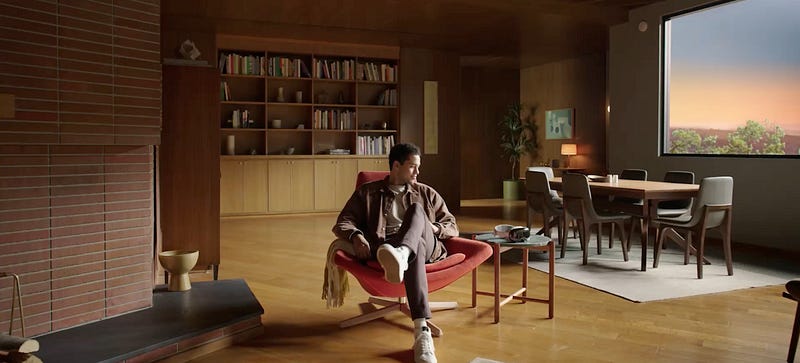
- Meta, Microsoft and other companies focused their VR debuts on mainly two things: gaming and productivity. This makes perfect rational sense.
- Apple’s approach was different — they obsessed over human connection. This makese motional sense. Emotional sense always wins, as we know from modern economics.
- One in three people in the west now live away from the region they grew up in — this is unprecedented.
- Distance from family and friends is the trade off that many (explicitly or implicitly) have to accept for the pursuit of opportunity — success has become a most individualistic affair.
- This leaves us particularly vulnerable and sensitive. One of our deepest, human cravings remains unsatiated by reality — the need to belong and form meaningful connections with others.
- VR goggles promise to transcend the limitations of geography, allowing us to share experiences with significant others as if we were right there beside them.
- Many report similar quality connections during virtual engagements as real ones — trend will only accentuate with better tech.
- Some (in particular us, introverts) even prefer virtual engagements over real ones — the curated, controlled, sanitised experience appeals.
Are virtual connections “nutritionally complete”?
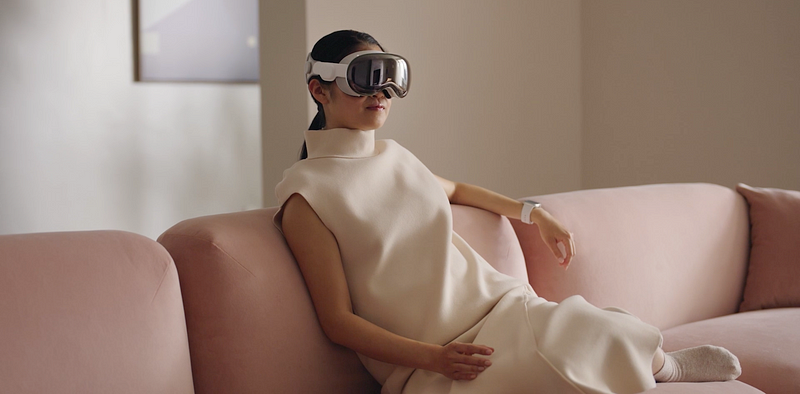
- There is no denying the emotional impact that these virtual interactions can have. The feeling of presence, the sense of truly being together in a shared space, can create powerful emotions.
- It may seem like adding more resolution/ minimising lag holds the key to cheat or escape reality itself.
- However, as we become engrossed in the vivid displays of virtual reality, we may find ourselves starving still for all the nuances and raw authenticity of human interaction fade away.
- The tangible connections that nourish our souls — eye contact, touch, shared physical experiences — are lost.
- While we may feel close in the virtual realm, the physical barrier created by the VR goggles themselves should not be ignored (yes Apple, even with your fancy curved OLED display).
- Within the enchanting world of virtual reality, a phenomenon known as the “presence paradox” takes hold. The immersive experience of VR, with its vivid visuals and 3D audio, can create a familiar sense of being physically present in a virtual environment. However, this comes at a cost — a disconnection from the physical world that surrounds us.
- This physical detachment can lead to a profound sense of isolation, even in the midst of virtual togetherness.
- While our minds may perceive a sense of closeness with those we interact with in the virtual realm, our bodies remain physically distant, trapped within the confines of our own personal spaces.
- The VR goggles, heralded as a tool for connection, can inadvertently reinforce a sense of individuality, further isolating us within our own private worlds.
Using the VR “supplement” in moderation
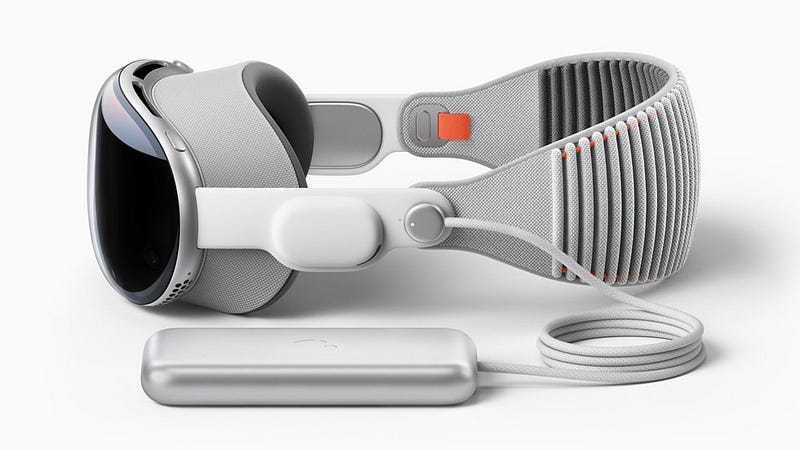
- VR goggles are a shield that separates you from the immediate environment and the people physically present around you.
- Every experience that Apple was pitching for the Vision Pro was, in this sense, single-player.
- Putting your VR goggle on means that you willingly suspend your engagement with the tangible world or, at the very least, adulterate it.
- Why engage with the awkwardness of the world, when you can have a perfectly curated environment right from your couch? Why pay a plane ticket to queue in the heat only to see some ruins, when you can see a far better perspective filmed in 8k on a perfect day (while still enjoying your cold Coke and pizza)?
- “Convenient” and “dopamine-releasing” are hazardous attributes when combined — this new technology has them in abundance. Do not consider yourself immune to this, because we’re not.
- My advice: do not grow dependent on this, or it may lead to a most dangerous addiction. You may end up depriving yourself from the essence of what makes this life so enjoyable and unpredictably rich.
- You’d hope that eventually, technology will come with its own health risk disclaimers (similar to alcohol, tabbaccoo, or any other delight that can be dangerous if misused). Until then, it’ll be up to you to self-regulate.
- Rule of thumb for this new age of possibility: Use technology when nothing else will do. Engage with reality whenever you get the chance — even when it’s messy or imperfect or difficult. Walk, talk, touch, hug (with consent, of course).
Takeaway: there’s nothing to relive if you weren’t truly there to begin with!
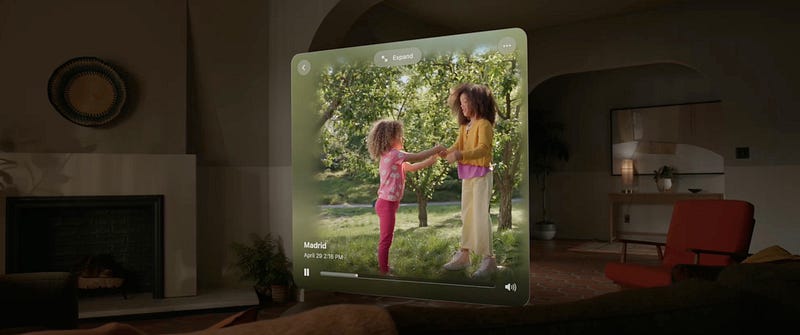
- You may have to negotiate distance already, but don’t introduce it willingly just because Apple wants to sell more product.
- There are/ will be so many compelling reasons to buy a Vision Pro.
- However, using it to record your kids playing in 3D (when they’re in the same room as you are!) should not be among them.
- If family or loved ones are within reach, just take off your VR googles. Give them a hug, play hide and seek, laugh and cry together.
- Accept that you will forget moments, it’s life. Be comforted in the fact that some of the memories you’ll make will be yours to keep and cherish. Fleeting moments filling you up, not your Apple Photos library. Life, ever so brief, theatre happening live in around you.
- Don’t make your approach to capture-first and digest-later. Studying is not the same as living.
- Apple says in their keynote that Vision Pro will allow you to relive precious moments (they mentioned it 6x times!)
- But make no mistake. Let this sink in: you’re not going to have a moment to relive, if you were never there truly in the first place.
- Don’t confuse the menu with the meal. You’ll starve.
- Dig in. Plunge in. Enjoy. Play. This moment is only here now. For you.
- What are you waiting for? You’re free. You’ve got this.



